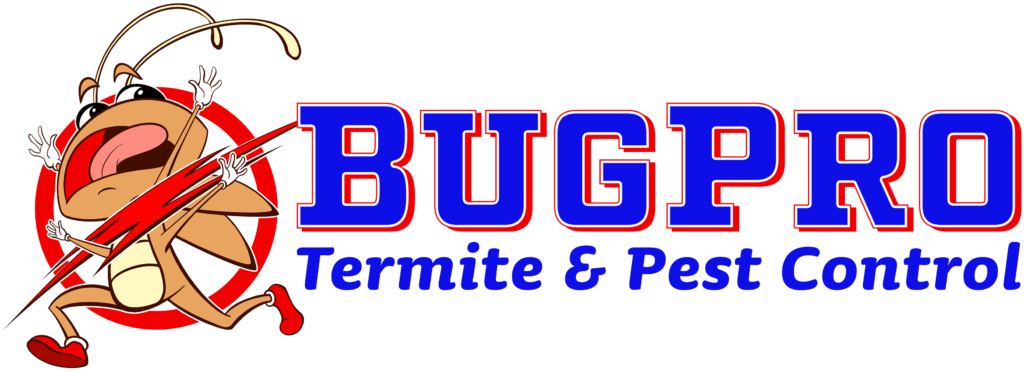
While termites often steal the spotlight when it comes to wood-destroying pests, powderpost beetles are another formidable foe. These small insects can cause significant damage to wooden structures and furniture, turning cherished antiques and architectural beams into piles of fine powder. In this blog, we’ll explore the intriguing world of powderpost beetles, covering their biology, signs of infestation, prevention strategies, and control measures.
What Are Powderpost Beetles?
Powderpost beetles comprise several species within the insect families Lyctinae, Bostrichidae, and Anobiidae. The common trait among these beetles is their ability to reduce wood to a fine powder, hence their name. Among them, beetles from the Lyctinae family (true powderpost beetles) are the most notorious.
Biology and Behavior
– Life Cycle: The life cycle of a powderpost beetle includes egg, larva, pupa, and adult stages.
– Eggs: Females lay their eggs in the pores and crevices of untreated, bare wood.
– Larvae: Upon hatching, larvae burrow into the wood and feed on it, causing the most damage. This stage can last from several months to several years, depending on the species and environmental conditions.
– Pupae: Larvae eventually pupate and transform into adults within the wood.
– Adults: Adult beetles emerge from the wood, leaving behind small, round exit holes. Adults live for a relatively short period, during which they mate and lay eggs to start the cycle anew.
– Preferred Wood: Different species of powderpost beetles prefer different types of wood.
– Lyctid Beetles: Favor hardwoods like oak, ash, and mahogany, which are commonly used in flooring, furniture, and trim.
– Bostrichid Beetles: Often infest seasoned hardwoods and softwoods.
– Anobiid Beetles: Prefer softwoods like pine and are usually found in older homes with wooden structures.
Signs of an Infestation
– Exit Holes: Small, round exit holes on the surface of the wood, ranging from 1/32 to 1/8 inches in diameter, are a telltale sign of active infestation.
– Frass (Wood Powder): The presence of fine, powdery frass (wood dust) accumulating around exit holes or beneath infested wood indicates active larvae inside.
– Wood Damage: Over time, the inside of infested wood becomes riddled with tunnels, compromising its structural integrity.
– Adult Beetles: Sightings of adult beetles near wooden objects, particularly between April and July, can be a sign of an infestation.
Prevention Tips
– Wood Selection: Choose kiln-dried or pressure-treated lumber when building or repairing wooden structures. These treatments kill any larvae present in the wood.
– Moisture Control: Powderpost beetles thrive in moisture-rich environments. Keep wood dry and well-ventilated to discourage infestations.
– Sealing Wood: Apply varnish, paint, or polyurethane to wooden surfaces. This prevents females from laying eggs on the wood.
– Regular Inspections: Regularly inspect wooden structures and furniture for signs of infestation, especially in older homes and antiques.
– Proper Storage: Store firewood and other wooden items away from your home and off the ground to reduce the likelihood of an infestation.
Control Measures
– Freezing: Small, infested wooden items can be frozen to kill larvae. Place the item in a freezer at -20°F (-29°C) for at least 72 hours.
– Heat Treatment: Heat can also be effective in eliminating powderpost beetle larvae. Expose infested wood to temperatures between 120°F and 140°F (49°C to 60°C) for several hours.
– Insecticides: Apply borate-based wood preservatives to infested wood. These chemicals penetrate the wood and kill larvae while preventing future infestations.
– Structural Fumigation: For large infestations or when dealing with valuable or sensitive items, professional fumigation may be necessary. This should be done by certified pest control professionals.
– Replacement: In cases where the structural integrity of the wood is compromised, replacing the infested wood may be the best solution.
Why Choose Professional Help?
Dealing with powderpost beetles can be challenging, especially when infestations are extensive or difficult to reach. Professional pest control services offer several advantages:
– Expert Identification: Professionals can accurately identify the species of powderpost beetles and assess the severity of the infestation.
– Advanced Treatments: They have access to specialized treatments and equipment that are not available to the general public.
– Thorough Inspection: Properly trained professionals can inspect your property for signs of infestations and potential vulnerabilities.
– Prevention Advice: Professionals can offer tailored advice on how to prevent future infestations and protect your wood.
Powderpost beetles may be small, but their potential for destruction is significant. Understanding their biology, recognizing signs of an infestation, and taking proactive prevention measures are key to protecting your wooden structures and furniture. If you suspect a powderpost beetle infestation, don’t hesitate to seek professional pest control assistance for a thorough assessment and effective treatment plan.